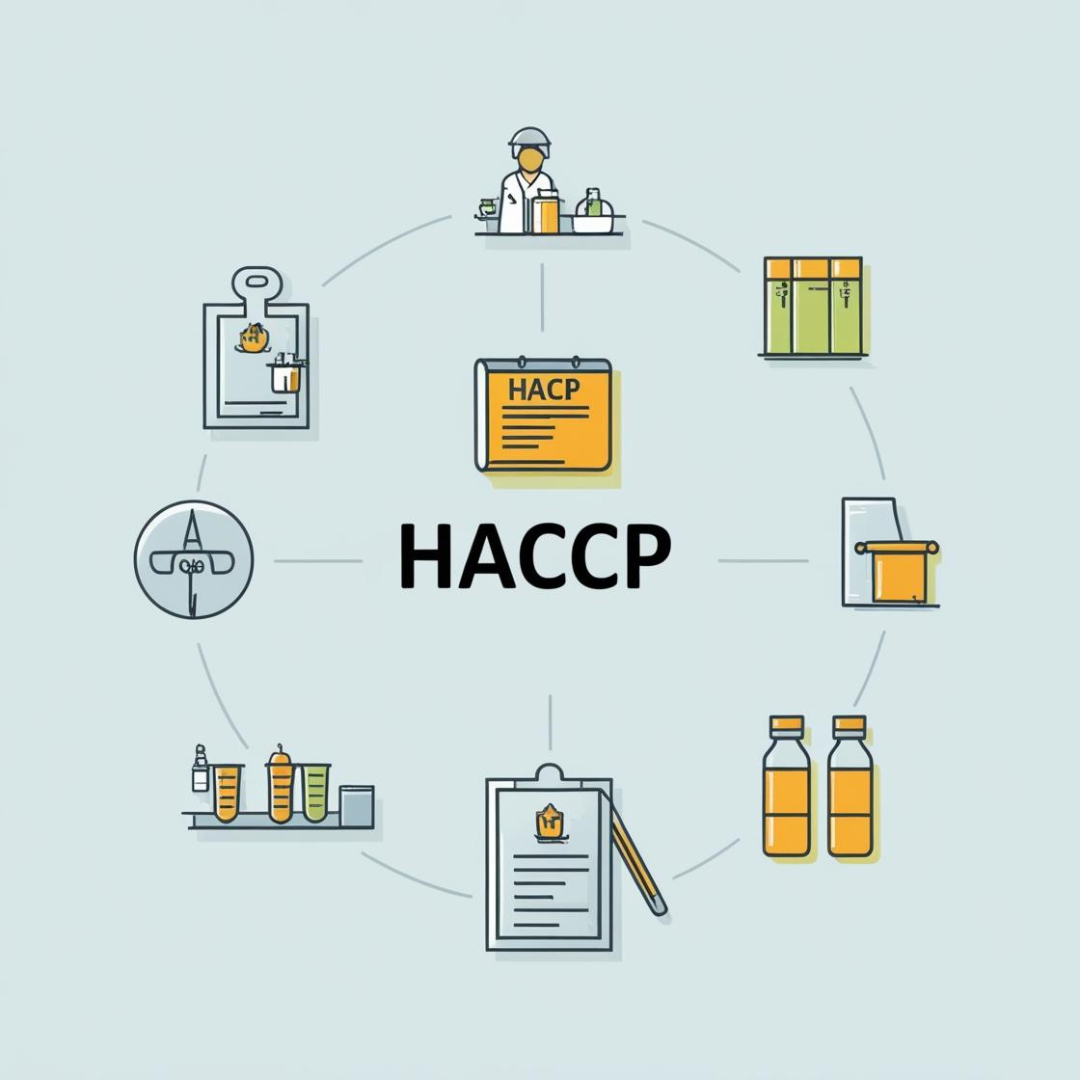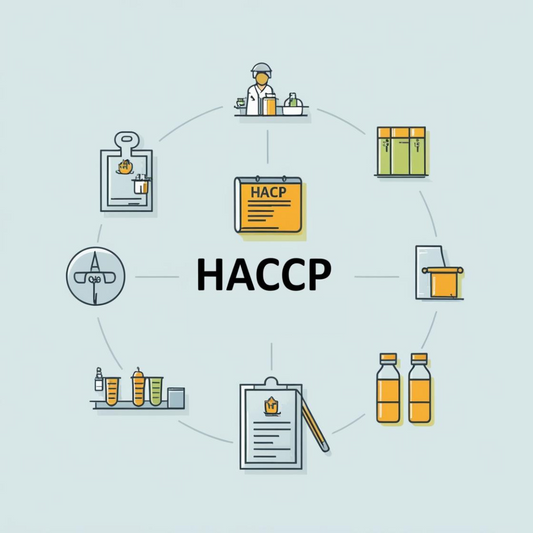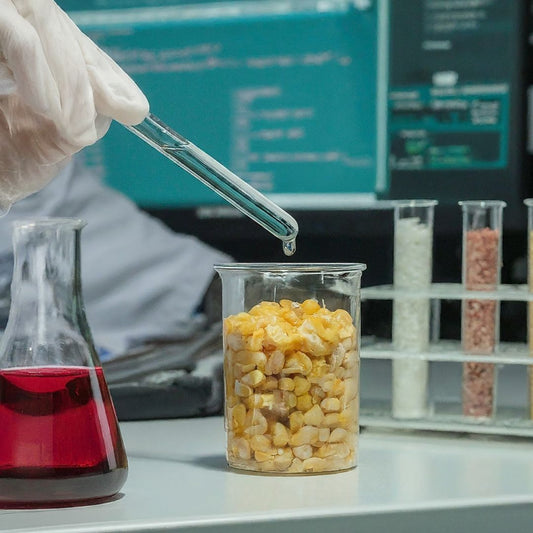Food Enrichment
Share
Food Enrichment
Food enrichment is the process of adding essential nutrients (vitamins, minerals, or other beneficial compounds) to food products to improve their nutritional quality. The aim is to address nutrient deficiencies, enhance health, or replace nutrients lost during food processing. This practice is widely used to combat malnutrition and ensure public health, especially in vulnerable populations.
Types of Food Enrichment
1. Restoration
Replacing nutrients lost during food processing.
Example: Adding vitamin B1, B2, and niacin back to refined flour.
2. Fortification
Adding nutrients not originally present in the food.
Example: Fortifying milk with vitamin D or salt with iodine.
3. Biofortification
Enhancing the nutritional content of crops during their growth using agricultural methods or genetic engineering.
Example: Golden rice enriched with vitamin A.
4. Specialized Enrichment
Enriching foods with specific nutrients for targeted populations, such as athletes or pregnant women.
Example: Protein-enriched sports drinks.
Commonly Used Nutrients in Enrichment
1. Vitamins: Vitamin A, D, B-complex (B1, B2, niacin, folic acid).
2. Minerals: Iron, zinc, calcium, iodine.
3. Macronutrients: Proteins, fibers, omega-3 fatty acids.
4. Probiotics and Prebiotics: Beneficial for gut health.
Real-Time Examples of Food Enrichment
1. Salt with Iodine
Helps prevent iodine deficiency disorders like goiter.
Widely adopted globally, especially in iodine-deficient regions.
2. Milk with Vitamin D
Addresses vitamin D deficiency, especially in countries with limited sunlight exposure.
Common in the U.S., Canada, and European countries.
3. Fortified Breakfast Cereals
Enriched with iron, folic acid, and B vitamins.
Aimed at reducing anemia and neural tube defects.
4. Iron-Fortified Flour
Combats anemia in developing countries.
Used in making bread, pasta, and baked goods.
5. Golden Rice
Genetically modified rice enriched with beta-carotene (a precursor to vitamin A).
Designed to fight vitamin A deficiency in Asia and Africa.
6. Omega-3-Enriched Eggs
Chickens are fed omega-3-rich diets to produce enriched eggs.
Promotes cardiovascular and brain health.
7. Probiotic Yogurt
Contains live bacteria like Lactobacillus or Bifidobacterium.
Improves digestion and boosts immunity.
Importance of Food Enrichment
1. Public Health Impact
Reduces nutrient deficiencies and associated diseases (e.g., rickets, scurvy, anemia).
Improves overall community health and productivity.
2. Economic Benefits
Low-cost intervention compared to treating nutrient-deficiency-related diseases.
Enhances quality of life, reducing healthcare costs.
3. Targeted Nutrition
Meets specific needs of high-risk groups (e.g., pregnant women, children, elderly).
Challenges in Food Enrichment
1. Overconsumption Risks
Excess intake of fortified nutrients can lead to health issues (e.g., hypervitaminosis).
2. Cost and Access
Higher production costs can limit affordability in low-income regions.
3. Stability of Nutrients
Some nutrients degrade during storage or cooking, reducing effectiveness.
4. Consumer Acceptance
People may reject fortified foods due to taste changes or misconceptions about safety.
Food enrichment has proven to be a simple yet effective strategy to address nutrient deficiencies and improve global health. Strategic implementation and consumer education are critical for maximizing its benefits.
Food enrichment is the process of adding essential nutrients (vitamins, minerals, or other beneficial compounds) to food products to improve their nutritional quality. The aim is to address nutrient deficiencies, enhance health, or replace nutrients lost during food processing. This practice is widely used to combat malnutrition and ensure public health, especially in vulnerable populations.
Types of Food Enrichment
1. Restoration
Replacing nutrients lost during food processing.
Example: Adding vitamin B1, B2, and niacin back to refined flour.
2. Fortification
Adding nutrients not originally present in the food.
Example: Fortifying milk with vitamin D or salt with iodine.
3. Biofortification
Enhancing the nutritional content of crops during their growth using agricultural methods or genetic engineering.
Example: Golden rice enriched with vitamin A.
4. Specialized Enrichment
Enriching foods with specific nutrients for targeted populations, such as athletes or pregnant women.
Example: Protein-enriched sports drinks.
Commonly Used Nutrients in Enrichment
1. Vitamins: Vitamin A, D, B-complex (B1, B2, niacin, folic acid).
2. Minerals: Iron, zinc, calcium, iodine.
3. Macronutrients: Proteins, fibers, omega-3 fatty acids.
4. Probiotics and Prebiotics: Beneficial for gut health.
Real-Time Examples of Food Enrichment
1. Salt with Iodine
Helps prevent iodine deficiency disorders like goiter.
Widely adopted globally, especially in iodine-deficient regions.
2. Milk with Vitamin D
Addresses vitamin D deficiency, especially in countries with limited sunlight exposure.
Common in the U.S., Canada, and European countries.
3. Fortified Breakfast Cereals
Enriched with iron, folic acid, and B vitamins.
Aimed at reducing anemia and neural tube defects.
4. Iron-Fortified Flour
Combats anemia in developing countries.
Used in making bread, pasta, and baked goods.
5. Golden Rice
Genetically modified rice enriched with beta-carotene (a precursor to vitamin A).
Designed to fight vitamin A deficiency in Asia and Africa.
6. Omega-3-Enriched Eggs
Chickens are fed omega-3-rich diets to produce enriched eggs.
Promotes cardiovascular and brain health.
7. Probiotic Yogurt
Contains live bacteria like Lactobacillus or Bifidobacterium.
Improves digestion and boosts immunity.
Importance of Food Enrichment
1. Public Health Impact
Reduces nutrient deficiencies and associated diseases (e.g., rickets, scurvy, anemia).
Improves overall community health and productivity.
2. Economic Benefits
Low-cost intervention compared to treating nutrient-deficiency-related diseases.
Enhances quality of life, reducing healthcare costs.
3. Targeted Nutrition
Meets specific needs of high-risk groups (e.g., pregnant women, children, elderly).
Challenges in Food Enrichment
1. Overconsumption Risks
Excess intake of fortified nutrients can lead to health issues (e.g., hypervitaminosis).
2. Cost and Access
Higher production costs can limit affordability in low-income regions.
3. Stability of Nutrients
Some nutrients degrade during storage or cooking, reducing effectiveness.
4. Consumer Acceptance
People may reject fortified foods due to taste changes or misconceptions about safety.
Food enrichment has proven to be a simple yet effective strategy to address nutrient deficiencies and improve global health. Strategic implementation and consumer education are critical for maximizing its benefits.





